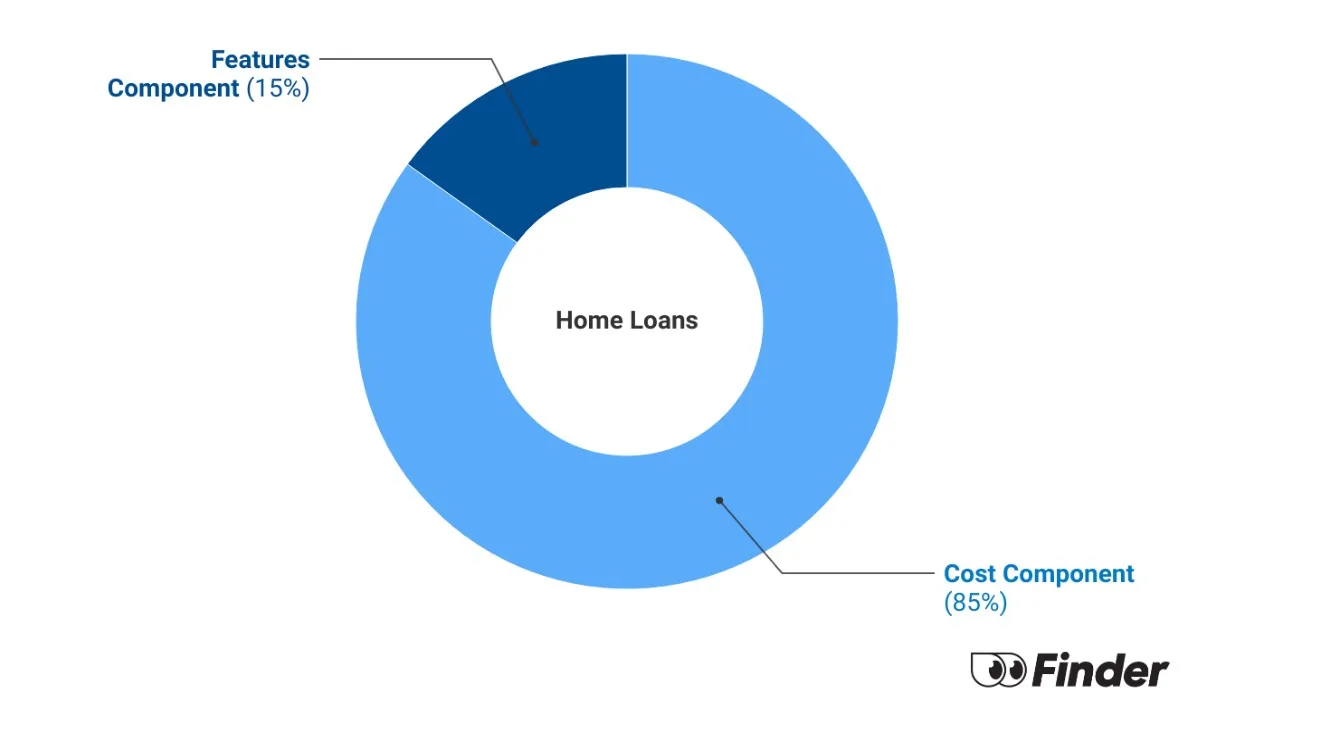
Unloan Variable Home Loan
- $0 Application
- $0 Annual Fee
- 5.74% Interest rate
- 5.65% Comparison rate
Pros & cons
- A competitive variable rate home loan
- Automatic interest rate discount
- No lender fees
- No offset account
- You can’t borrow more than 80% of the property value







 Easy answers, without any calls. We know fixing is a big deal, but checking you're options and rates shouldn't have to be. We speak to home owners every month, and have put over 50 hours in creating this guide.
Easy answers, without any calls. We know fixing is a big deal, but checking you're options and rates shouldn't have to be. We speak to home owners every month, and have put over 50 hours in creating this guide.
 Rates obsessed. We track big banks, small banks, credit unions and digital banks because whether you're fixing up for 1 year or 3, even 1 decimal place could save you big bucks (without getting annoying calls!).
Rates obsessed. We track big banks, small banks, credit unions and digital banks because whether you're fixing up for 1 year or 3, even 1 decimal place could save you big bucks (without getting annoying calls!).
 Ready in any market .Lending rates verified from 180+ products day and night. Whether you're buying for the first time, or remembered refinacing at 3am - our rates are up-to-date.
Ready in any market .Lending rates verified from 180+ products day and night. Whether you're buying for the first time, or remembered refinacing at 3am - our rates are up-to-date.


I am pensioner and the loan remaining about 160,000.
Am I still eligible for refinance? One of loan company said I am not eligible because over age and loan amount is too small. The current variable rate is now more than doubled for the original. I am wondering if I can get better rate than existing one.
Hi Yoko,
Unfortunately rates have increased for most borrowers now. But you might still be able to get a better deal. If lenders keep knocking you back I suggest talking to a mortgage broker. They can help you find a lender who might accept your application.
Another option is to ask your existing lender for a better rate. It never hurts to ask and you won’t need to refinance this way.
Hi guys,
Basically, I’m trying to find the best way to borrow money from my considerable amount of equity for renovations, etc. but also increase my loan term period to help offset my ongoing repayment costs. It’s currently 2.97% fixed over 7 years. Can you help me?
Kind Regards
Rohan
Hi Rohan,
If your current loan is fixed for 7 years at 2.97%, then you will need to pay a break fee in order to end that loan and break that contract with your current lender. This amount changes daily, depending on how much loss the bank incurs by ending your loan. You can call your bank for an estimate.
Depending on what this break fee is, it may be worth ending your loan and refinancing. Alternatively, if you don’t want to end the current loan as the fee is too high, you could get a second mortgage against your equity.
We have guides to help you learn more about break fees and second mortgages:
https://www.finder.com.au/home-loans/fixed-rate-home-loans/fixed-rate-home-loan-break-costs
https://www.finder.com.au/home-loans/second-mortgages
However, the first step is to find out how much that break fee is going to be, so you can work out your next step. There are many competitive deals at the moment, so it may be worth ending your current loan even if you have to pay a fee, in order to take advantage of a better value offer.
Hope this helps!
Cheers,
Sarah
Hi,
I’m after help to get a better interest rate on my home loan my current rate is 4.03%. I’m a bit indecisive in regards to how to go about it. I’m unsure of fees cost to change loan. I’m lost I have to say.
Regards,
Tim
Hi Tim,
Thank you for getting in touch with Finder.
You may ask your lender if they can offer better deals than the one you have. Lenders will usually have a number of incentives to retain customers thinking of refinancing, including discounted interest rates and waived fees. If you’re still considering shopping around, you may start comparing refinance home loans. You may use the refinancing calculator to calculate the expected costs. I also suggest that you seek help from a mortgage broker since you’re looking for providers that offer the cheapest rate.
I hope this helps.
Thank you and have a wonderful day!
Cheers,
Jeni
How does being over 60 years and semi -retirement impact refinancing for an investment property where the rental income covers the mortgage repayments?
Hi Mary,
Thank you for getting in touch with Finder.
As you know, there is technically no maximum age limit for when an Australian can apply for a home loan – residential or investment property. However, lenders have the responsibility to ensure that they only approve home loans to applicants who can afford the repayments without experiencing financial hardship, so older applicants will find it much more difficult to obtain home loan approval.
Since you mentioned that you’re over 60 and applying for a home loan, you’ll need to provide a greater amount of information regarding your current and future financial position including the rental income. I also suggest that you seek professional help from a mortgage broker to find out which lenders offer loans suitable for your needs.
I hope this helps.
Thank you and have a wonderful day!
Cheers,
Jeni
hi I was just wondering how long is the minimum waiting time before refinancing again?
Hi Bekim,
Thanks for your inquiry
There’s really no limit, at least under the law. Legally, you could close on one mortgage today, then go right out tomorrow and refinance it. Now, how long should you wait before refinancing again? And how soon will your lender allow you to get out of your current mortgage?
This will vary extensively between lenders. As a practical matter, few lenders are likely to approve you for a new mortgage if you’ve been in your current one for less than a year. Your current lender may also have restrictions on how soon you can get out of the mortgage, usually in the form of prepayment penalties. It would be best to speak with your lender for clarification about this.
Hope this information helps
Cheers,
Arnold